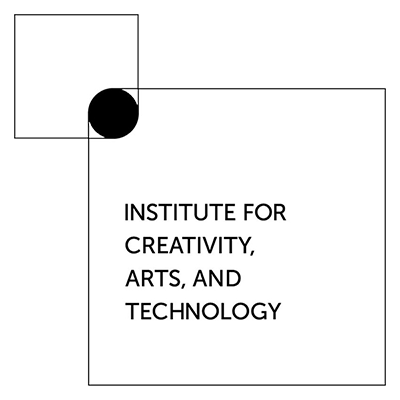The Center for Human-Computer Interaction at Virginia Tech

About
Human-Computer Interaction (HCI) is a multi-disciplinary field, drawing from the human sciences, computational sciences and engineering, information technologies, arts, and design. HCI addresses all aspects of the interplay between people and interactive technologies, with applications in every domain. The Center for HCI at Virginia Tech is a university-wide research center and a world leader in both the design of novel interactive experiences and the study of human interaction with and through technology. Our community of scholars includes over 75 faculty members from more than 25 departments and other units at the university.
CHCI supports research excellence through funding programs and shared resources; it contributes to the education and training of HCI professionals and scholars through participation in various degree and certificate programs; and it fosters strong community around the topic of HCI through forums for idea exchange.
History
Human-Computer Interaction emerged as a field of study in the early 1980’s (the first ACM CHI “Joint Conference on Easier and More Productive Use of Computer Systems” was held in 1981). By that time, Virginia Tech was already doing research on human factors and user interfaces. Faculty members like Rex Hartson, Ed Fox, Roger Ehrich, Debby Hix, and Bob Williges became leaders in the new field of HCI.
In the 1990s, the faculty of the Department of Computer Science decided to make HCI a targeted area of emphasis. Infrastructure grants allowed the department to create a set of laboratories for usability evaluation and HCI research. In 1995, Jack Carroll was hired as department head of CS and founding director of the university-level Center for Human-Computer Interaction. With the additions of Mary Beth Rosson and Andrea Kavanaugh, CHCI quickly became one of top HCI groups in the nation and the world.
Over the thirty-year history of CHCI, the scope and scale of HCI research activities at Virginia Tech has continually expanded. Within the CS department, there have been multiple additional faculty hires and expanded laboratory infrastructure. At the same time, Virginia Tech has built significant HCI capacity in related disciplines such as industrial and systems engineering, psychology, visual arts and design, and communication, allowing CHCI to grow well beyond its roots in CS. CHCI has spearheaded a number of large-scale interdisciplinary efforts bringing together faculty from these core disciplines with collaborators in a variety of domains, including education, architecture, and engineering. In addition, scores of graduate students trained in CHCI have gone on to make important contributions of their own at other universities, research labs, and companies.
Mission
The mission of CHCI is to advance the global impact of faculty and student members by facilitating HCI scholarship and education through programs that build community, catalyze interdisciplinary collaborations, and support research development.
Vision
As technology becomes increasingly pervasive in all aspects of society and daily life, and the pace of technological innovation continues to accelerate, human-centered approaches to design, development, and evaluation are more critical than ever. We envision a world in which all humans are empowered to define their relationship with technology. In pursuit of this vision, the CHCI will: serve as a world leader in the scholarship and application of human-centered technologies; train the next generation of leaders in the research, practice, and ethics of HCI; and be the home for all HCI-oriented faculty and students at Virginia Tech.
An Institute-level Center
Large-scale interdisciplinary research at Virginia Tech is organized through eight institutes. The CHCI is an institute-level research center, with primary support and oversight coming from the Institute for Creativity Arts and Technology. In a unique partnership between institutes, CHCI also receives support and oversight from the Institute for Critical Technologies and Applied Science.




